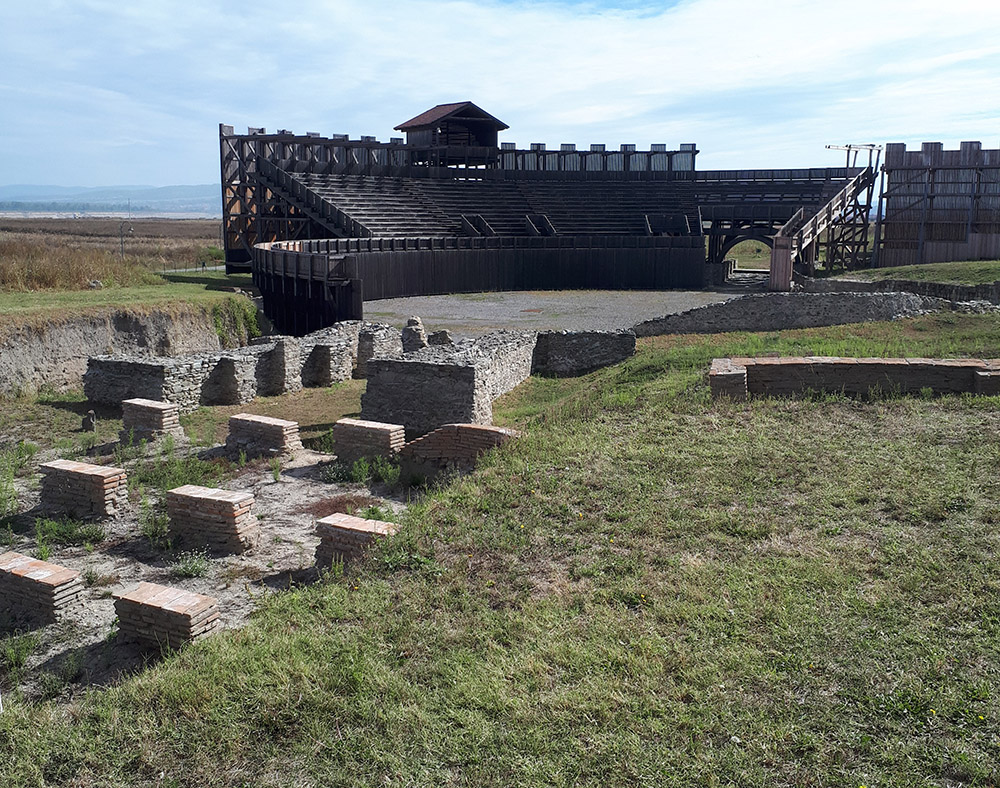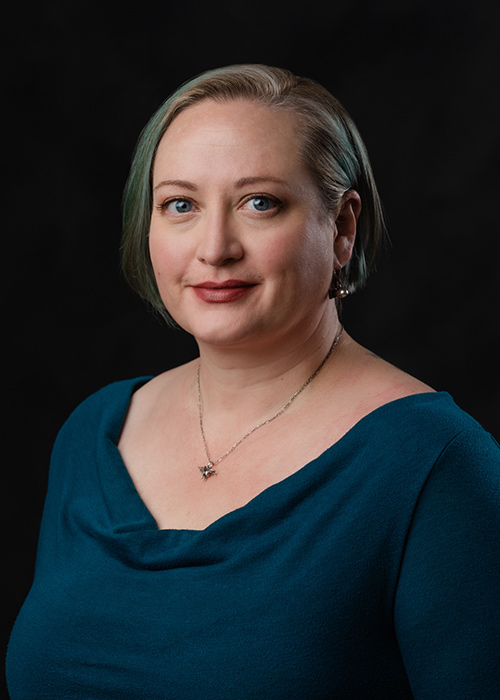International collaboration uses MSU faculty member’s research on ancient Roman migration, seeks to understand Balkan genomic history

Contact: Sarah Nicholas

STARKVILLE, Miss.––A Mississippi State University anthropologist’s bioarchaeological analysis and bone samples from ancient Roman burial sites were crucial in the development of new research regarding Roman and Balkan migration featured this week in Cell, a prestigious peer-reviewed journal.
Anna Osterholtz, an associate professor in the Department of Anthropology and Middle Eastern Cultures, provided her research on the “lived experiences” of the Romans in Croatia. She currently works closely with museum staff at the Town Museum of Trogir and the Institute for Anthropological Research, both in Croatia.
The multidisciplinary reconstructed the genomic history of the Balkan Peninsula during the first millennium of the common era, a time and place of demographic, cultural and linguistic change. It was led by the Institute of Evolutionary Biology in Spain, a joint center of the Spanish National Research Council and Pompeu Fabra University, along with research from the University of Belgrade in Serbia, the University of Western Ontario in Canada, Harvard University and MSU.
The team recovered and analyzed whole genome data from 146 ancient people excavated primarily from Serbia and Croatia—more than a third of which came from the Roman military frontier at the massive archaeological site of Viminacium in Serbia—which they co-analyzed with data from the rest of the Balkans and nearby regions. The study highlights the cosmopolitanism of the Roman frontier and the long-term consequences of migrations that accompanied the breakdown of Roman control, including the arrival of people speaking Slavic languages.
“Essentially, the study showed that there was an influx of individuals who moved into the Balkan region that are genetically similar to modern Slavic-speaking populations. It represents one of the largest demographic changes in Europe during what is known as the Migration Period. It’s a time frame where local identity was forming in the vacuum created by the dissolution of the Roman empire,” Osterholtz said.
“This study gives us a clue about how these communities were formed during the Migration Period. My own research examines how this is reflected in funerary practices and in changes in health,” Osterholtz said.
To read the paper, visit: https://www.cell.com/cell/fulltext/S0092-8674(23)01135-2.
For more details about MSU’s College of Arts and Sciences or the Department of Anthropology and Middle Easter Cultures, visit www.cas.msstate.edu or www.amec.msstate.edu.
Mississippi State University is taking care of what matters. Learn more at www.msstate.edu.